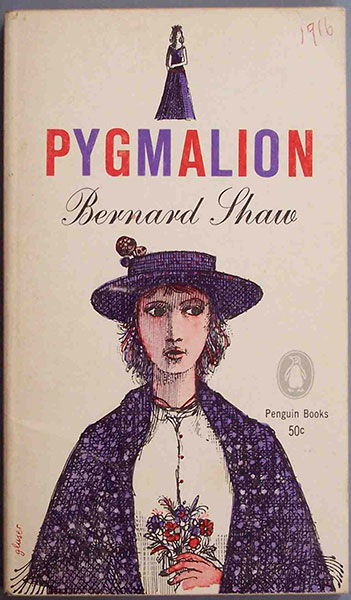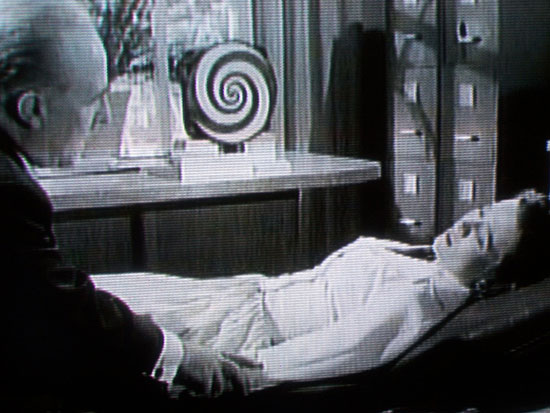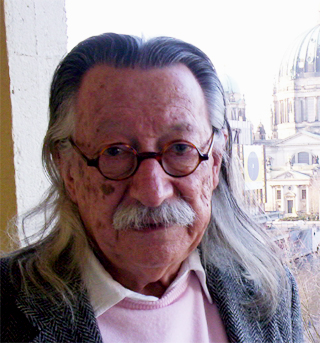ELIZA
by Andrew Boyd
Today, mindless conversation. The University of Houston's College of Engineering presents this series about the machines that make our civilization run, and the people whose ingenuity created them.

In 1966 Joseph Weizenbaum invented a computer program capable of performing psychotherapy with human patients. Here's a typed conversation between the program, named ELIZA, and a patient.
ELIZA: How are you today. What would you like to discuss?
PATIENT: My boyfriend.
ELIZA: Tell me more...
PATIENT: He never seems to think of me. We're always doing things he wants to do.
ELIZA: Really, always?
PATIENT: Well, most of the time. At least it seems that way.
ELIZA: Can you elaborate on that?
The program ELIZA was patterned after Rogerian psychotherapy, a form of treatment where the therapist seeks a personal connection with the patient. In part, this is achieved by drawing the patient out and listening. And that proves ideal for a computer.

ELIZA makes no effort to actually "understand" the conversation. She doesn't attempt to gather, categorize, and analyze information. Instead, the program merely captures the patient's individual words or phrases and responds with relatively generic questions. When the patient says, "We're always doing things [my boyfriend] wants to do," ELIZA merely picks up on the word "always" and responds "Really, always?" When ELIZA is stumped, she asks the patient to keep talking: "Tell me more.''
Weizenbaum's program was amazing for a couple of reasons. For one, it actually worked. People who conversed with ELIZA were often convinced they were interacting with a human — even after being told ELIZA was a computer program. Anecdotes abound of human test subjects spending hours with ELIZA and asking to be left alone with her in private. Segments of the medical community hailed the coming of a new era in psychotherapy. Futurist Carl Sagan imagined a world of computerized booths in which "for a few dollars a session, we would be able to talk with an attentive, tested psychotherapist."
To creator Weizenbaum, the response was stunning. He eventually went on to become a leading critic of artificial intelligence, worried that the purpose of his simple computational exercise was being misinterpreted. His aim wasn't to show how intelligent computers could be, but to see if a simple program could feign human communication.

Weizenbaum's invention was also amazing in that it arrived so early in the development of computers. And it's withstood the test of time. It's true that today's smart phones are a lot "smarter" than ELIZA. But programs designed solely for the purpose of making small talk trace their roots to Weizenbaum's early work. You can still talk with ELIZA and many of her famous progeny online. Check out the Engines website. In today's tech savvy culture you'll find the human illusion only lasts so long. Still, it's remarkable to experience even a momentary connection with something so exceedingly empty-headed.
I'm Andy Boyd at the University of Houston, where we're interested in the way inventive minds work.
(Theme music)
Notes and references:
B. Christian. 'Mind vs. Machine.' The Atlantic, March, 2001. See also: http://www.theatlantic.com/magazine/archive/2011/03/mind-vs-machine/308386/. Accessed August 27, 2013.
The picture of Eliza Doolittle, after whom ELIZA was named, and the psychotherapy picture are from flickr. The picture of Joseph Weizenbaum is from Wikimedia Commons.
This episode first aired on August 29, 2013.